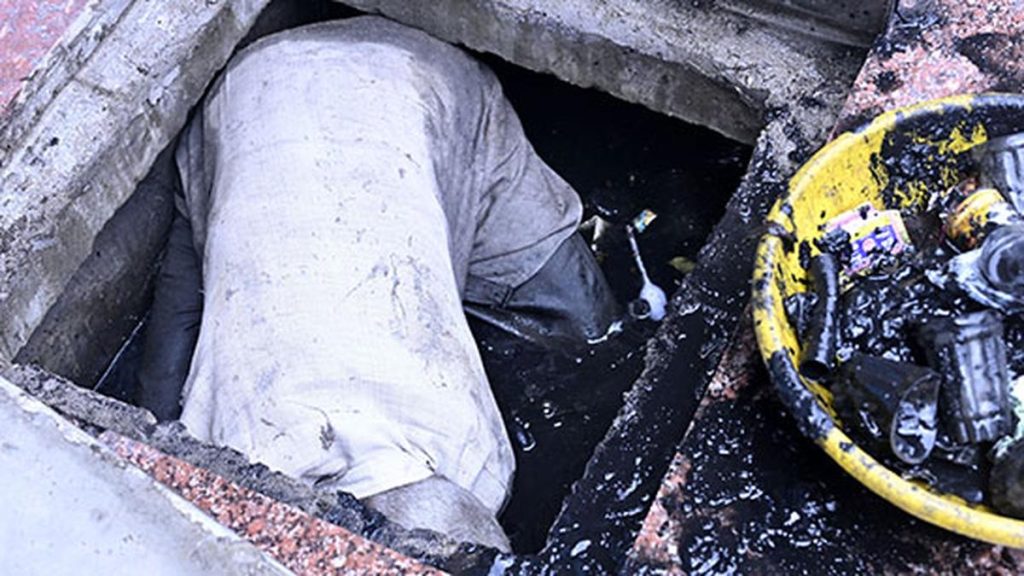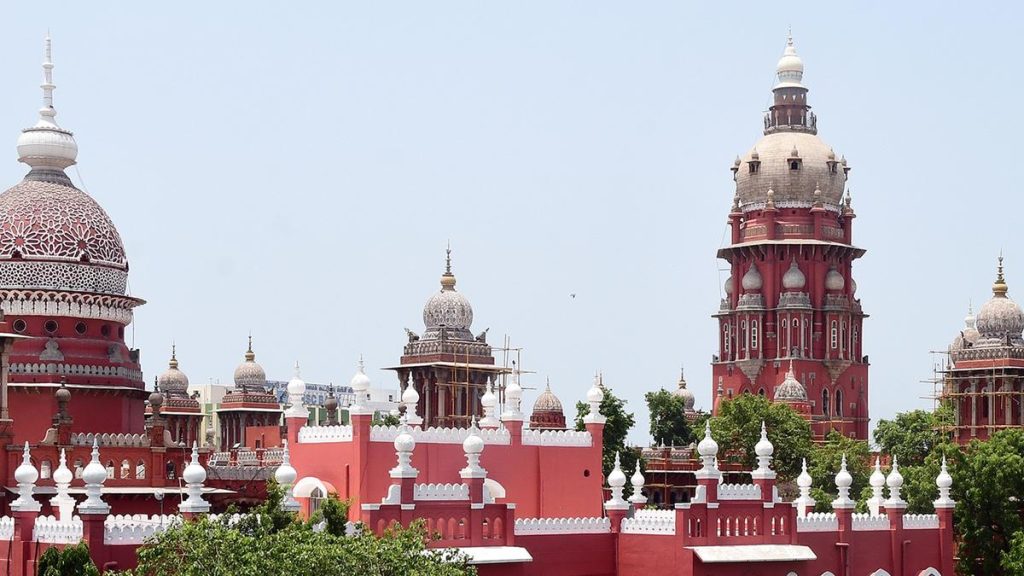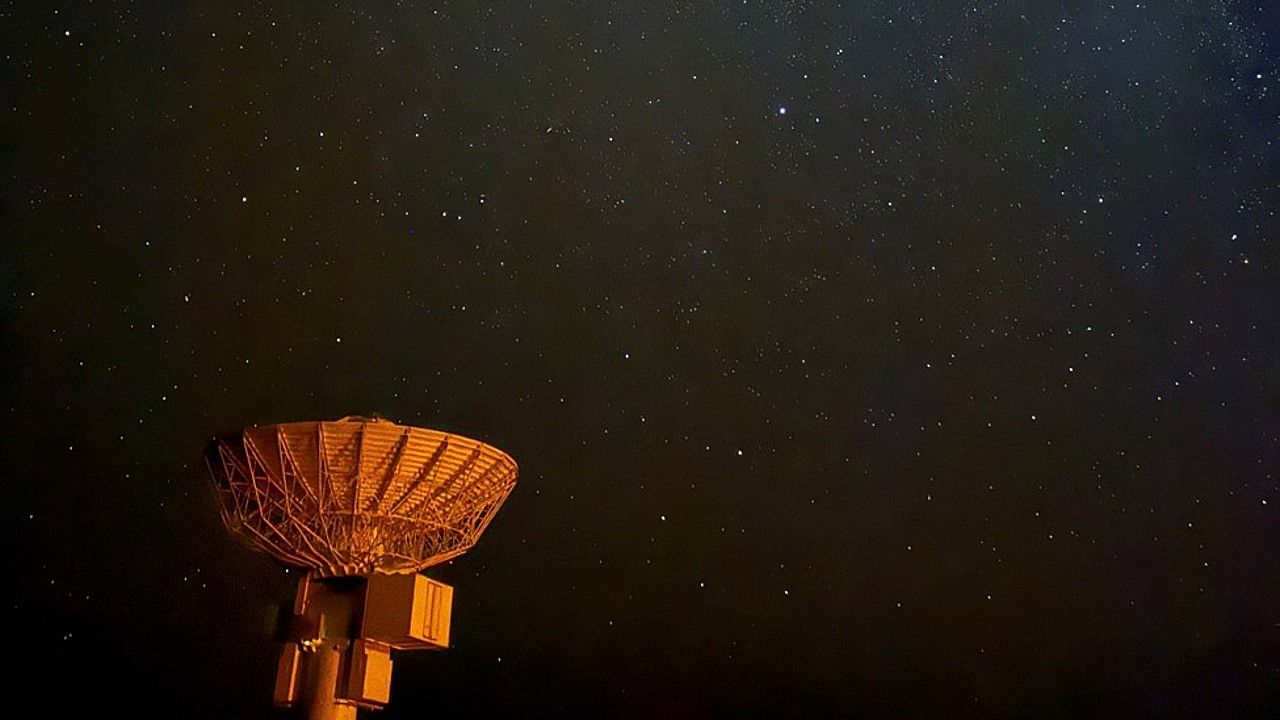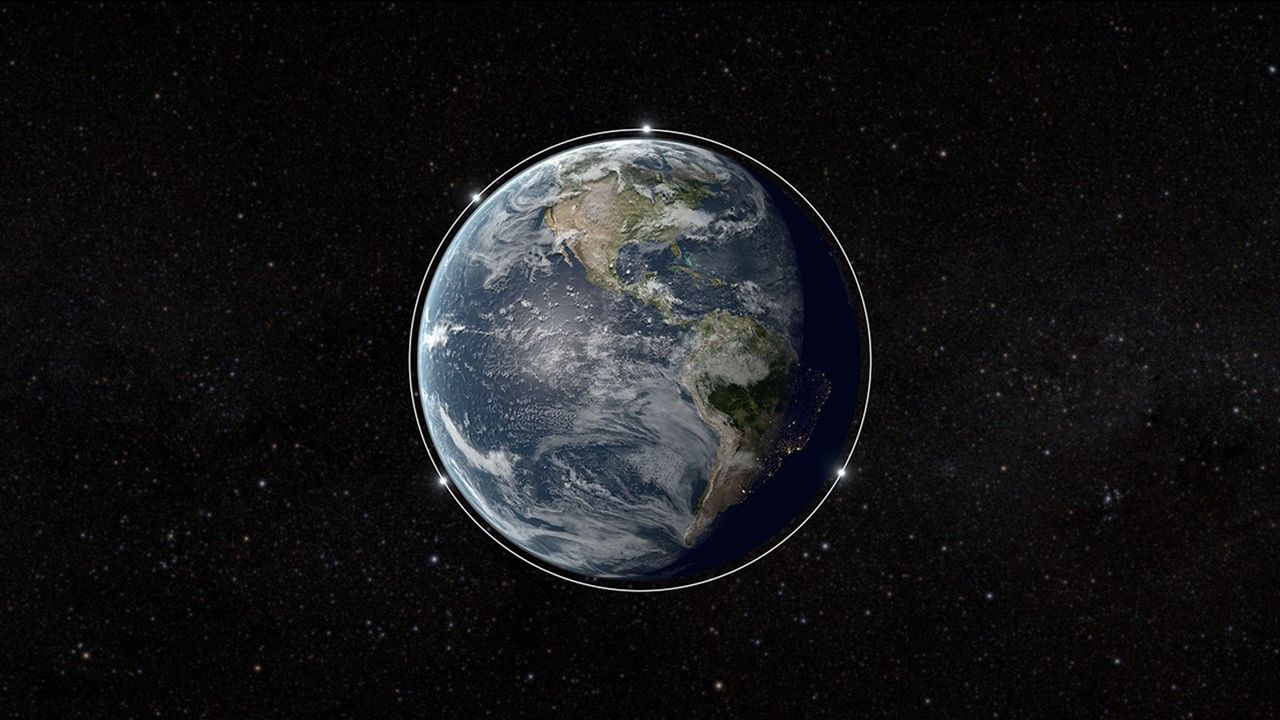Now Reading: JWST Data Reveals TRAPPIST-1d May Not Be Earth-Like After All
1
-
01
JWST Data Reveals TRAPPIST-1d May Not Be Earth-Like After All
JWST Data Reveals TRAPPIST-1d May Not Be Earth-Like After All
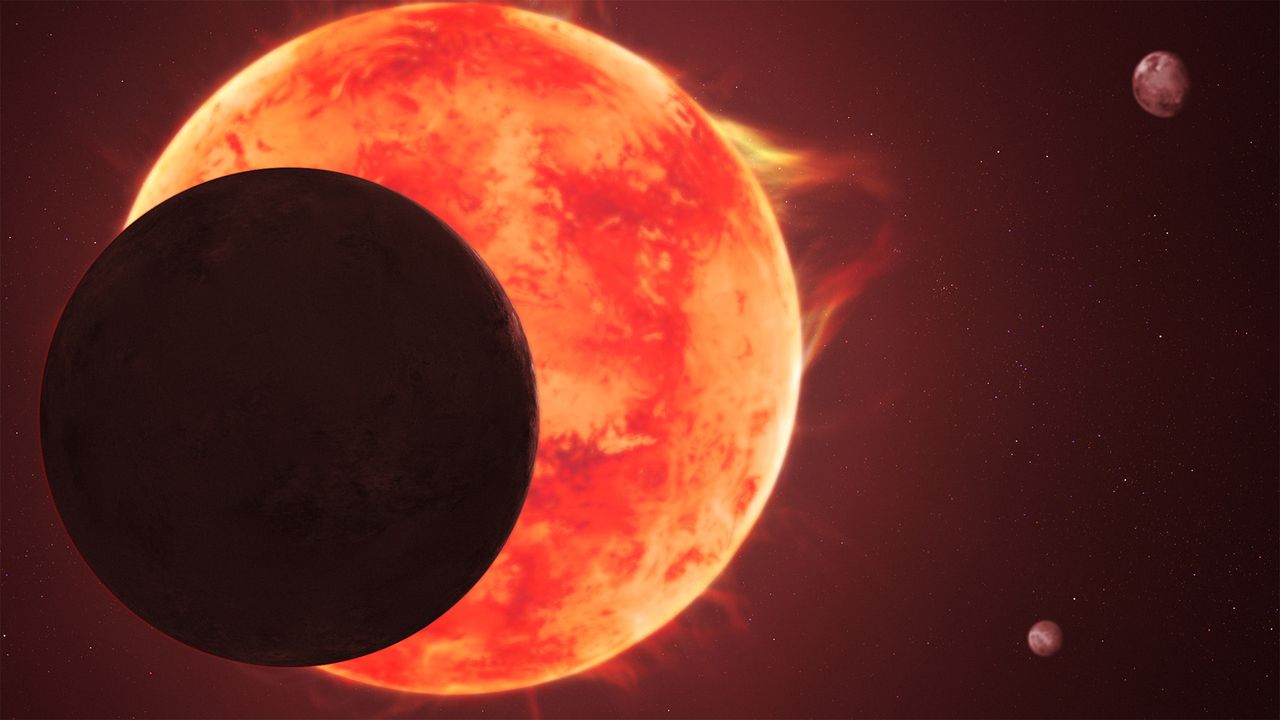
Quick Summary
- The James Webb Space telescope (JWST) has found no evidence of an Earth-like atmosphere on TRAPPIST-1d, the third planet in the seven-planet TRAPPIST-1 system.
- Similar findings were previously reported for TRAPPIST-1b and TRAPPIST-1c,lack of meaningful atmospheric components like water,methane,or carbon dioxide.
- Scientists believe red dwarf stars like TRAPPIST-1 may frequently eject radiation flares that can strip atmospheres from proximate planets.
- While planet d resides at the inner edge of the habitable zone, researchers suggest possibilities like thin atmospheres similar to Mars or thick clouds akin to Venus remain tough to detect.
- Attention shifts to four outer planets still within model habitable ranges: e and f in the habitable zone, g on its outer edge akin to Mars in our solar system.Planet h is likely too cold for life-supporting conditions.
Indian Opinion Analysis
The potential elimination of TRAPPIST-1d as a candidate for hosting earth-like conditions underscores broader complexities in identifying habitable worlds beyond our solar system.For India and global space research communities focusing more heavily insights unravel whether ongoing international data further exploration databases red dwarfs also improvement data gaps collaboration spacefolks studyingtagonist
Stay Informed With the Latest & Most Important News
Previous Post
Next Post
Loading Next Post...




